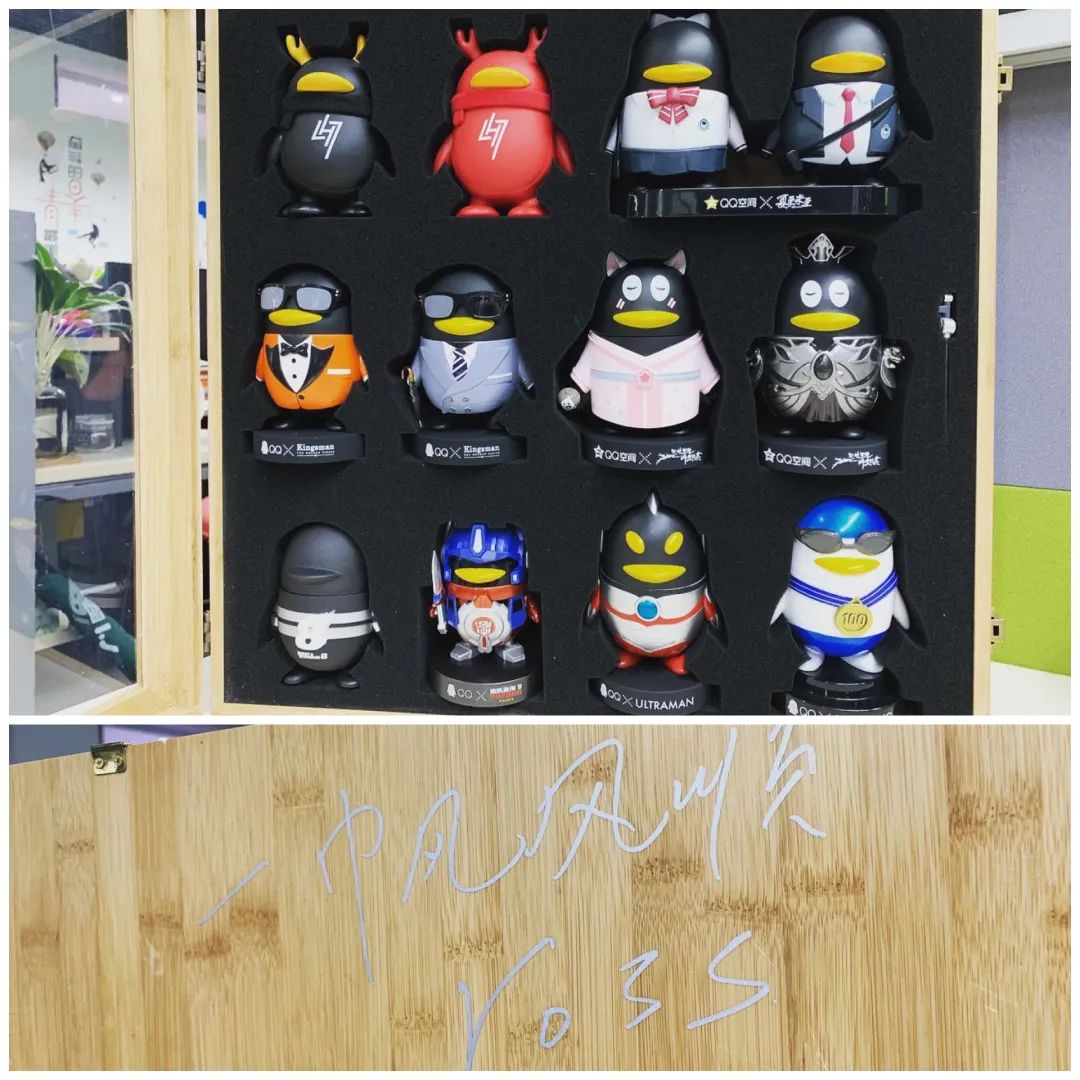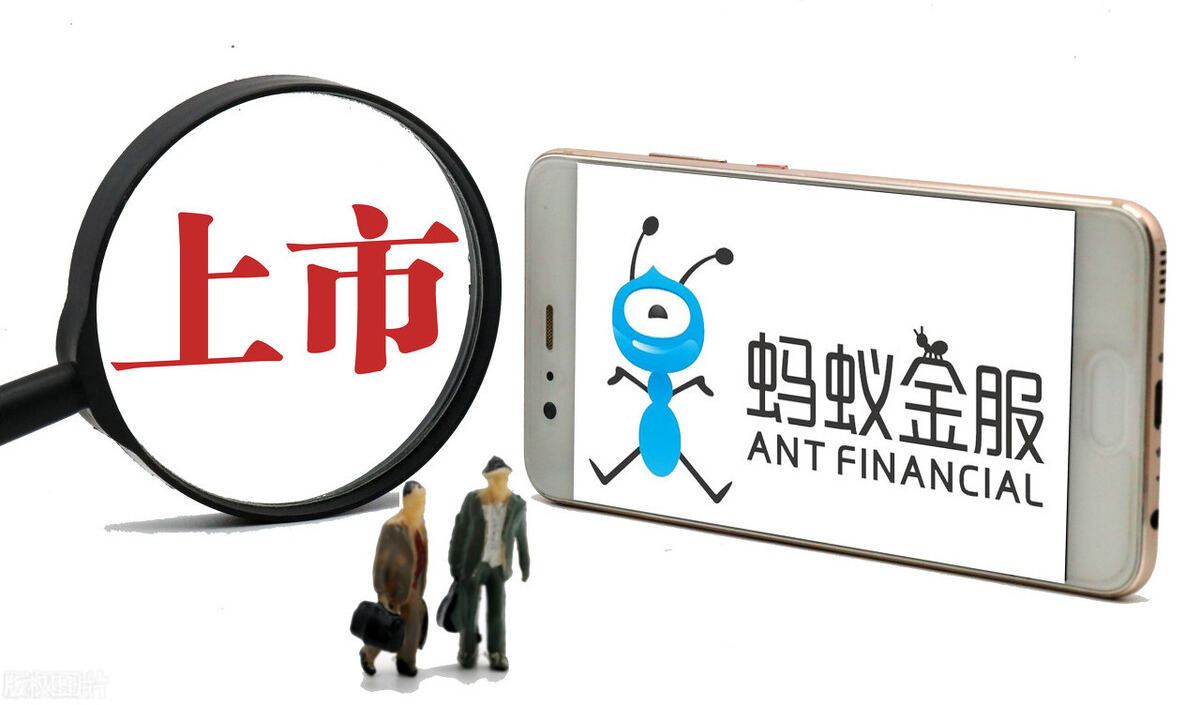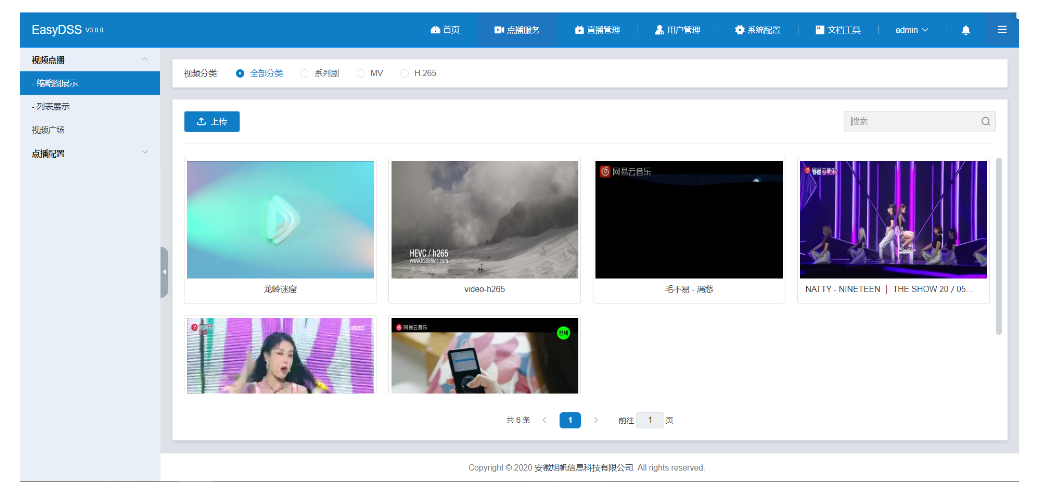I have downloaded the sample code GLPaint from developer.Apple website to draw pictures on a Canvas using OpenGL.
I have done the changes in GLPaint application to meet my requirements.
Now I need to record the drawing as a m4v video file that should integrated my spoken instructions which I spoken while drawing the image.
Eg:
After I clicked on Draw and Record button, I started drawing a circle and spoken "This is a circle".
After I clicked the Done button, the result should be a video file that include the Drawing actions with the voice "This is a circle"
I researched on this topic but I didn't find any good methods to do the functionality.
Code:
PaintingView.h EAGLContext *context;
// OpenGL names for the renderbuffer and framebuffers used to render to this view
GLuint viewRenderbuffer, viewFramebuffer;
// OpenGL name for the depth buffer that is attached to viewFramebuffer, if it exists (0 if it does not exist)
GLuint depthRenderbuffer;
GLuint brushTexture;
CGPoint location;
CGPoint previousLocation;
PaintingView.m
// Handles the start of a touch
- (void)touchesBegan:(NSSet *)touches withEvent:(UIEvent *)event
{
CGRect bounds = [self bounds];
UITouch* touch = [[event touchesForView:self] anyObject];
firstTouch = YES;
// Convert touch point from UIView referential to OpenGL one (upside-down flip)
location = [touch locationInView:self];
location.y = bounds.size.height - location.y;
}
// Handles the continuation of a touch.
- (void)touchesMoved:(NSSet *)touches withEvent:(UIEvent *)event
{
CGRect bounds = [self bounds];
UITouch* touch = [[event touchesForView:self] anyObject];
// Convert touch point from UIView referential to OpenGL one (upside-down flip)
if (firstTouch) {
firstTouch = NO;
previousLocation = [touch previousLocationInView:self];
previousLocation.y = bounds.size.height - previousLocation.y;
} else {
location = [touch locationInView:self];
location.y = bounds.size.height - location.y;
previousLocation = [touch previousLocationInView:self];
previousLocation.y = bounds.size.height - previousLocation.y;
}
// Render the stroke
[self renderLineFromPoint:previousLocation toPoint:location];
}
// Handles the end of a touch event when the touch is a tap.
- (void)touchesEnded:(NSSet *)touches withEvent:(UIEvent *)event
{
CGRect bounds = [self bounds];
UITouch* touch = [[event touchesForView:self] anyObject];
if (firstTouch) {
firstTouch = NO;
previousLocation = [touch previousLocationInView:self];
previousLocation.y = bounds.size.height - previousLocation.y;
[self renderLineFromPoint:previousLocation toPoint:location];
}
}
// Drawings a line onscreen based on where the user touches
- (void) renderLineFromPoint:(CGPoint)start toPoint:(CGPoint)end
{
static GLfloat* vertexBuffer = NULL;
static NSUInteger vertexMax = 64;
NSUInteger vertexCount = 0,
count,
i;
[EAGLContext setCurrentContext:context];
glBindFramebufferOES(GL_FRAMEBUFFER_OES, viewFramebuffer);
// Convert locations from Points to Pixels
CGFloat scale = self.contentScaleFactor;
start.x *= scale;
start.y *= scale;
end.x *= scale;
end.y *= scale;
// Allocate vertex array buffer
if(vertexBuffer == NULL)
vertexBuffer = malloc(vertexMax * 2 * sizeof(GLfloat));
// Add points to the buffer so there are drawing points every X pixels
count = MAX(ceilf(sqrtf((end.x - start.x) * (end.x - start.x) + (end.y - start.y) * (end.y - start.y)) / kBrushPixelStep), 1);
for(i = 0; i < count; ++i) {
if(vertexCount == vertexMax) {
vertexMax = 2 * vertexMax;
vertexBuffer = realloc(vertexBuffer, vertexMax * 2 * sizeof(GLfloat));
}
vertexBuffer[2 * vertexCount + 0] = start.x + (end.x - start.x) * ((GLfloat)i / (GLfloat)count);
vertexBuffer[2 * vertexCount + 1] = start.y + (end.y - start.y) * ((GLfloat)i / (GLfloat)count);
vertexCount += 1;
}
// Render the vertex array
glVertexPointer(2, GL_FLOAT, 0, vertexBuffer);
glDrawArrays(GL_POINTS, 0, vertexCount);
// Display the buffer
glBindRenderbufferOES(GL_RENDERBUFFER_OES, viewRenderbuffer);
[context presentRenderbuffer:GL_RENDERBUFFER_OES];
}
// Erases the screen
- (void) erase
{
[EAGLContext setCurrentContext:context];
// Clear the buffer
glBindFramebufferOES(GL_FRAMEBUFFER_OES, viewFramebuffer);
glClearColor(0.0, 0.0, 0.0, 0.0);
glClear(GL_COLOR_BUFFER_BIT);
// Display the buffer
glBindRenderbufferOES(GL_RENDERBUFFER_OES, viewRenderbuffer);
[context presentRenderbuffer:GL_RENDERBUFFER_OES];
}
// The GL view is stored in the nib file. When it's unarchived it's sent -initWithCoder:
- (id)initWithCoder:(NSCoder*)coder {
CGImageRef brushImage;
CGContextRef brushContext;
GLubyte *brushData;
size_t width, height;
if ((self = [super initWithCoder:coder])) {
CAEAGLLayer *eaglLayer = (CAEAGLLayer *)self.layer;
eaglLayer.opaque = YES;
// In this application, we want to retain the EAGLDrawable contents after a call to presentRenderbuffer.
eaglLayer.drawableProperties = [NSDictionary dictionaryWithObjectsAndKeys:
[NSNumber numberWithBool:YES], kEAGLDrawablePropertyRetainedBacking, kEAGLColorFormatRGBA8, kEAGLDrawablePropertyColorFormat, nil];
context = [[EAGLContext alloc] initWithAPI:kEAGLRenderingAPIOpenGLES1];
if (!context || ![EAGLContext setCurrentContext:context]) {
[self release];
return nil;
}
// Create a texture from an image
// First create a UIImage object from the data in a image file, and then extract the Core Graphics image
brushImage = [UIImage imageNamed:@"Particle.png"].CGImage;
// Get the width and height of the image
width = CGImageGetWidth(brushImage);
height = CGImageGetHeight(brushImage);
// Texture dimensions must be a power of 2. If you write an application that allows users to supply an image,
// you'll want to add code that checks the dimensions and takes appropriate action if they are not a power of 2.
// Make sure the image exists
if(brushImage) {
// Allocate memory needed for the bitmap context
brushData = (GLubyte *) calloc(width * height * 4, sizeof(GLubyte));
// Use the bitmatp creation function provided by the Core Graphics framework.
brushContext = CGBitmapContextCreate(brushData, width, height, 8, width * 4, CGImageGetColorSpace(brushImage), kCGImageAlphaPremultipliedLast);
// After you create the context, you can draw the image to the context.
CGContextDrawImage(brushContext, CGRectMake(0.0, 0.0, (CGFloat)width, (CGFloat)height), brushImage);
// You don't need the context at this point, so you need to release it to avoid memory leaks.
CGContextRelease(brushContext);
// Use OpenGL ES to generate a name for the texture.
glGenTextures(1, &brushTexture);
// Bind the texture name.
glBindTexture(GL_TEXTURE_2D, brushTexture);
// Set the texture parameters to use a minifying filter and a linear filer (weighted average)
glTexParameteri(GL_TEXTURE_2D, GL_TEXTURE_MIN_FILTER, GL_LINEAR);
// Specify a 2D texture image, providing the a pointer to the image data in memory
glTexImage2D(GL_TEXTURE_2D, 0, GL_RGBA, width, height, 0, GL_RGBA, GL_UNSIGNED_BYTE, brushData);
// Release the image data; it's no longer needed
free(brushData);
}
// Set the view's scale factor
self.contentScaleFactor = 1.0;
// Setup OpenGL states
glMatrixMode(GL_PROJECTION);
CGRect frame = self.bounds;
CGFloat scale = self.contentScaleFactor;
// Setup the view port in Pixels
glOrthof(0, frame.size.width * scale, 0, frame.size.height * scale, -1, 1);
glViewport(0, 0, frame.size.width * scale, frame.size.height * scale);
glMatrixMode(GL_MODELVIEW);
glDisable(GL_DITHER);
glEnable(GL_TEXTURE_2D);
glEnableClientState(GL_VERTEX_ARRAY);
glEnable(GL_BLEND);
// Set a blending function appropriate for premultiplied alpha pixel data
glBlendFunc(GL_ONE, GL_ONE_MINUS_SRC_ALPHA);
glEnable(GL_POINT_SPRITE_OES);
glTexEnvf(GL_POINT_SPRITE_OES, GL_COORD_REPLACE_OES, GL_TRUE);
glPointSize(width / kBrushScale);
// Make sure to start with a cleared buffer
needsErase = YES;
}
AppDelegate.h
PaintingWindow *window; //its a class inherited from window.
PaintingView *drawingView;
@property (nonatomic, retain) IBOutlet PaintingWindow *window;
@property (nonatomic, retain) IBOutlet PaintingView *drawingView;
@synthesize window;
@synthesize drawingView;
return self;
}
Appdelegate.m
- (void) applicationDidFinishLaunching:(UIApplication*)application
{
CGRect rect = [[UIScreen mainScreen] applicationFrame];
CGFloat components[3];
// Create a segmented control so that the user can choose the brush color.
UISegmentedControl *segmentedControl = [[UISegmentedControl alloc] initWithItems:
[NSArray arrayWithObjects:
[UIImage imageNamed:@"Red.png"],
[UIImage imageNamed:@"Yellow.png"],
[UIImage imageNamed:@"Green.png"],
[UIImage imageNamed:@"Blue.png"],
[UIImage imageNamed:@"Purple.png"],
nil]];
// Compute a rectangle that is positioned correctly for the segmented control you'll use as a brush color palette
//CGRect frame = CGRectMake(rect.origin.x + kLeftMargin, rect.size.height - kPaletteHeight - kTopMargin, rect.size.width - (kLeftMargin + kRightMargin), kPaletteHeight);
CGRect frame = CGRectMake(50, 22, (rect.size.width - (kLeftMargin + kRightMargin)) - 20, kPaletteHeight);
segmentedControl.frame = frame;
// When the user chooses a color, the method changeBrushColor: is called.
[segmentedControl addTarget:self action:@selector(changeBrushColor:) forControlEvents:UIControlEventValueChanged];
segmentedControl.segmentedControlStyle = UISegmentedControlStyleBar;
// Make sure the color of the color complements the black background
segmentedControl.tintColor = [UIColor darkGrayColor];
// Set the third color (index values start at 0)
segmentedControl.selectedSegmentIndex = 2;
// Add the control to the window
[window addSubview:segmentedControl];
// Now that the control is added, you can release it
[segmentedControl release];
[self addBackgroundSegmentControll];
// Define a starting color
HSL2RGB((CGFloat) 2.0 / (CGFloat)kPaletteSize, kSaturation, kLuminosity, &components[0], &components[1], &components[2]);
// Defer to the OpenGL view to set the brush color
[drawingView setBrushColorWithRed:components[0] green:components[1] blue:components[2]];
// Look in the Info.plist file and you'll see the status bar is hidden
// Set the style to black so it matches the background of the application
[application setStatusBarStyle:UIStatusBarStyleBlackTranslucent animated:NO];
// Now show the status bar, but animate to the style.
[application setStatusBarHidden:NO withAnimation:YES];
// Load the sounds
NSBundle *mainBundle = [NSBundle mainBundle];
erasingSound = [[SoundEffect alloc] initWithContentsOfFile:[mainBundle pathForResource:@"Erase" ofType:@"caf"]];
selectSound = [[SoundEffect alloc] initWithContentsOfFile:[mainBundle pathForResource:@"Select" ofType:@"caf"]];
[window setFrame:CGRectMake(0, 0, 768, 1024)];
drawingView.frame = CGRectMake(0, 0, 768, 1024);
// Erase the view when recieving a notification named "shake" from the NSNotificationCenter object
// The "shake" nofification is posted by the PaintingWindow object when user shakes the device
[[NSNotificationCenter defaultCenter] addObserver:self selector:@selector(eraseView) name:@"shake" object:nil];
}





